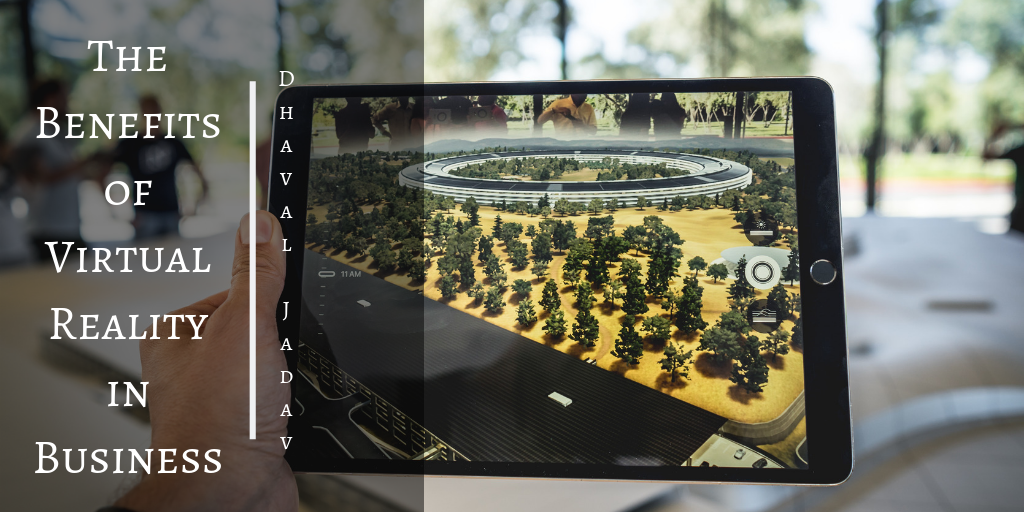Virtual Reality (VR) has circled the media for years. Countless movies, TV shows and documentaries have highlighted VR headsets and the ability to emerge into an alternate world without having to leave your home. While we’ve seen so many of the ideas surrounding VR slowly come to life in video games and through the use of smartphones, VR also serves many purposes in the professional world as well. Businesses are slowly adopting the use of VR into their regular functions and daily tasks. What are some of the major ways VR is impacting business?
Improved Recruitment
For businesses that are hiring on an international or national level, VR is improving the ability to interview candidates without having to face the expenses of a plane ticket. It is essentially improving the recruitment process on a level that we haven’t seen before. HR representatives and company executives can now conduct virtual interviews with potential candidates, rather than by phone or having to wait for an in-person interview. VR interviews give businesses the opportunity to seek more potential talent from different regions whether on a domestic or international level. This ultimately reduces costs and still gives the interviewer the opportunity to view the candidate’s body language and mannerisms.
Training Advancements
Applying VR to training for current and new employees is an innovative way to enhance traditional training practices and make things even more efficient. It’s a way to give trainees a “hands-on” experience and provide visual learners with a better opportunity to grasp what they’re learning. Additionally, VR can improve interaction with trainees during training periods.
Enhanced Customer Service/Experience
From a retail perspective, VR is making its way into improving customer experience as well as general customer service practices. It’s significantly improving the shopping and in-store experience for both consumers and retailers. VR is even giving consumers the opportunity to have a “try before you buy” experience, where a consumer can essentially test and experience a product before going through with a purchase.
Consider home improvement stores, such as Home Depot or Lowe’s. In fact, according to Business.com, select Lowe’s stores are giving consumers the ability to virtually create and design their perfect home space while having the opportunity to fully walk-through it with the use of VR. It’s a great way to give consumers an accurate view into the purchases they’re making, and avoid issues surrounding returns or buyer’s remorse.


Recent Comments